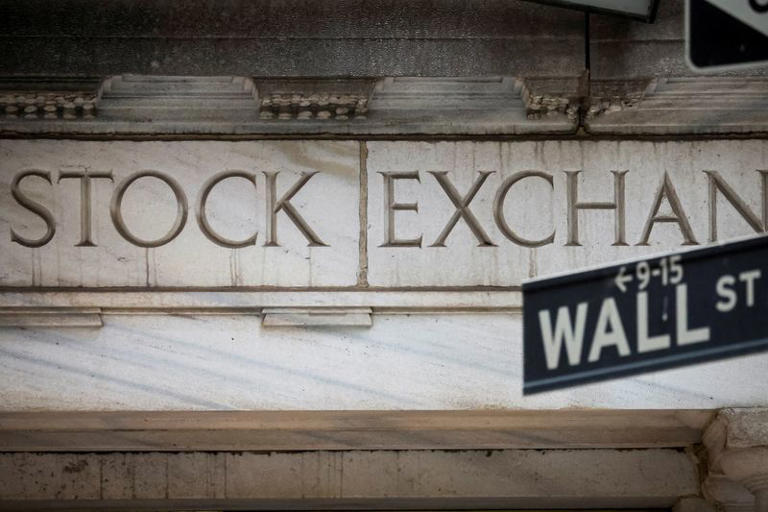U.S. stock markets are at a make-or-break stage as President Donald Trump’s newest tariffs add another layer of uncertainty for investors. The S&P 500 already has retreated approximately 5% from its record high on Feb. 19, as disappointing economic data heightened fears of reduced growth. Next, the further burden of protectionist trade measures may add downward pressure on equities.

Tariffs: A Bargaining Chip or a Long-Term Plan?
Trump has once again indicated that he will implement 25% tariffs on Mexican and Canadian imports beginning Tuesday, in addition to another 10% tariff on Chinese imports. The market reaction has been prompt, with shares falling on Monday after Trump declared that Mexico and Canada would not be exempt.
Though tariffs are still regarded by some investors as a trade negotiation tactic and not a long-term policy change, any reversal of that view could be disastrous for equities. “Today, the market still looks at tariffs as a tool to use in negotiations. If it changes, look for more downside,” wrote Horizon Investment Services CEO Chuck Carlson.
Effect on Corporate Profits and Inflation
Increased input costs, supply chains in disarray, and more subdued global demand might put weighty pressure on corporate profits. Morgan Stanley’s analysts put their estimate that should these tariffs remain until 2026, the earnings of the S&P 500 might drop by 5% to 7% at a headwind that will inevitably be priced into markets beforehand.
Multinationals, which account for a disproportionate share of the S&P 500, are especially exposed. With 41% of S&P 500 revenues generated abroad, a slowdown in the rest of the world caused by tariffs could have a spillover effect on the domestic markets too. “Firms will experience margin compression, and investors will call for changes in valuations,” stated Michael O’Rourke, chief market strategist at JonesTrading.
Economic Indicators Flash Warning Signs
Recent US economic news has been uneven, with retail sales, business activity, and consumer confidence all softening. Although February’s manufacturing survey was stable, climbing factory gate costs and supply chain interruptions indicate tariffs could soon affect production.
The interplay of diminishing economic momentum and policy volatility has increased market volatility. The Cboe Volatility Index (VIX) ended at its highest since December 19, which indicates heightened investor nervousness.
Valuations and the Road Ahead
Even with the recent decline, the S&P 500 is still rich by historical standards, trading at 21.7 times forward earnings—considerably higher than its long-term average of 15.8. With overextended valuations, any further weakening in corporate earnings or economic growth has the potential to induce a more significant correction.
“Equity markets are confronting fresh headwinds,” said Morgan Stanley Wealth Management CIO Lisa Shalett. “Businesses, consumers, and investors live on predictability, but when policy uncertainty is combined with subpar economic data, many are being led to rethink their growth expectations.”
As markets struggle to navigate this new dynamic, traders and investors need to keep their wits about them. With tariffs to be implemented and general macroeconomic worries building, the next few weeks will decide if the current pullback is a buying opportunity or the beginning of a long-term slump.
